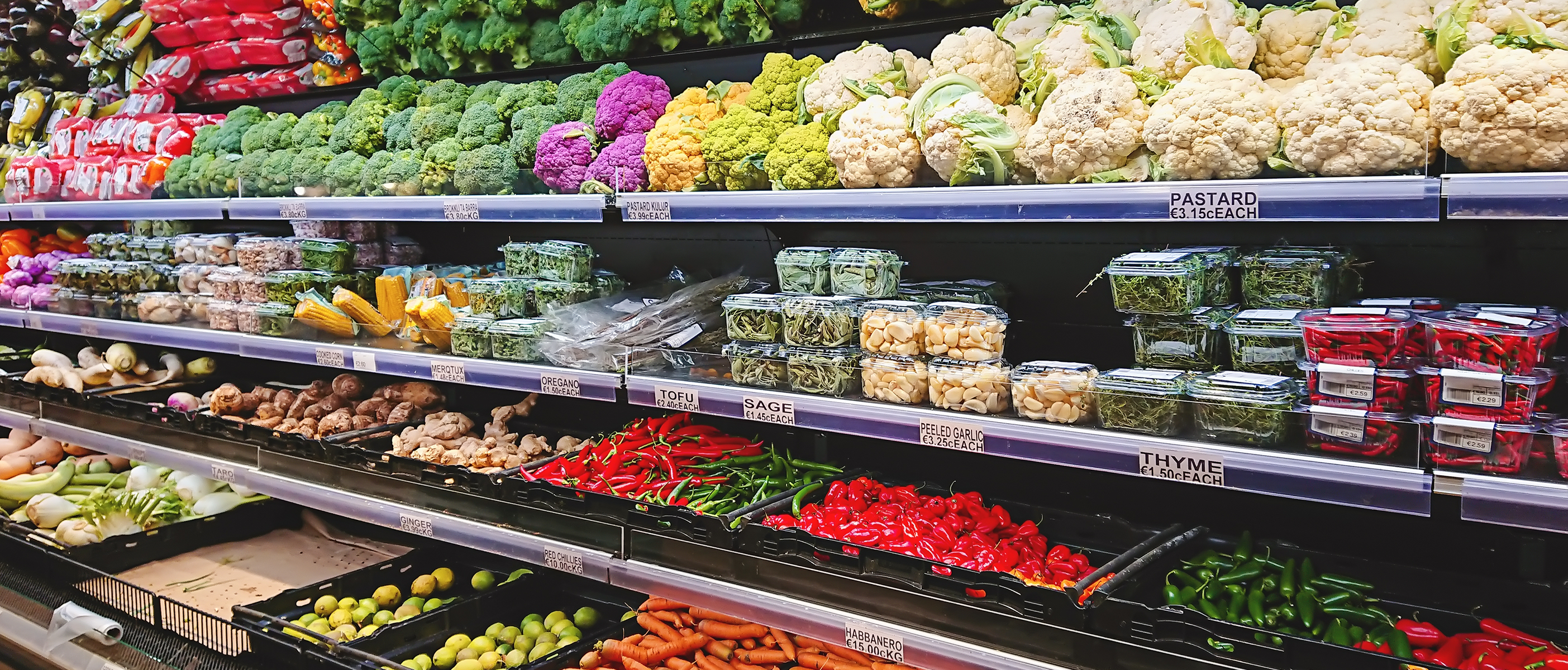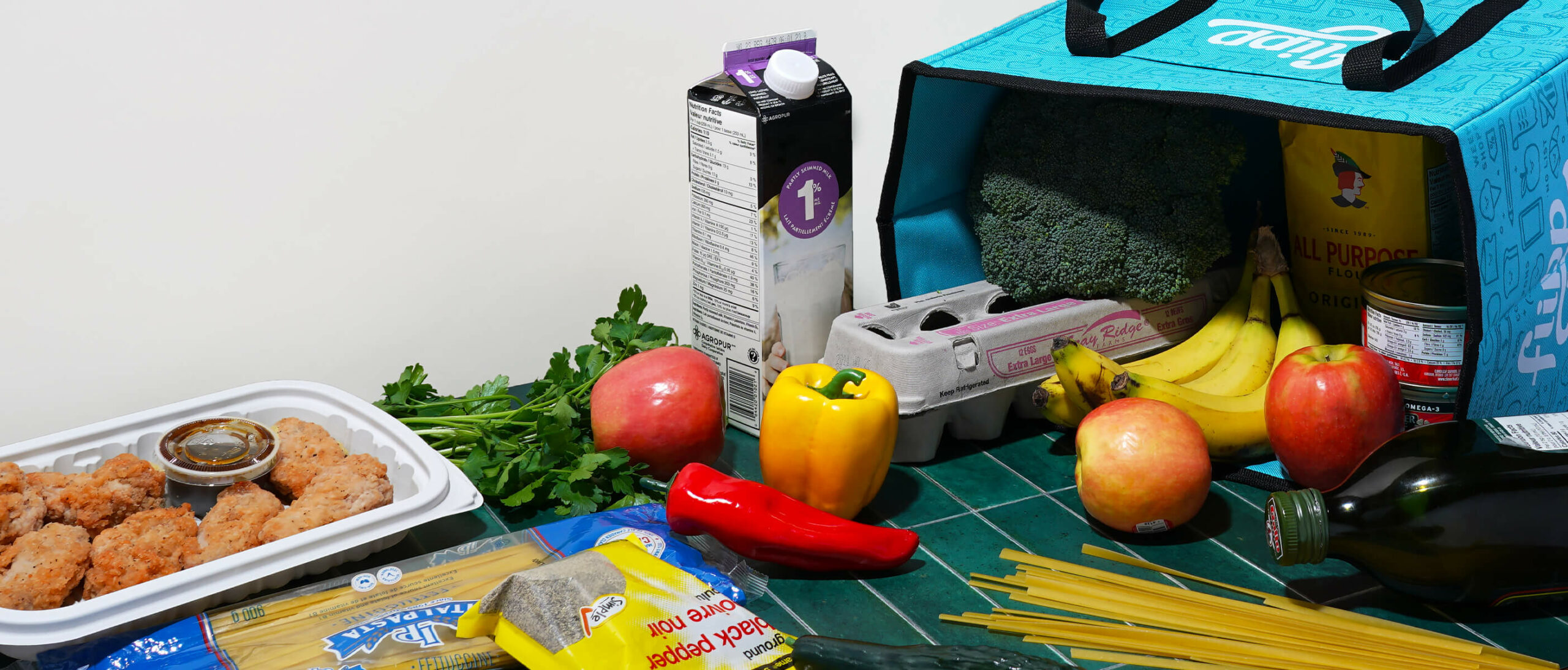
Did you hear?
Canada’s Food Price Report for 2021 predicts that annual food spending will increase as much as $695 compared to 2020.
The report forecasts an increase of 3-5% in overall food expenditure, with the greatest impact being on meat (4.5-6.5%), bakery (3.5-5.5%), and vegetables (4.5-6.5%).
So why are food prices so high in Canada?
There are a number of reasons, but let’s begin with the COVID-19 pandemic. The pandemic has caused border and facility closures leading to major disruptions within food supply chains.
The meat industry in particular has been vulnerable to closures and labour shortages. These plants also have had to make significant shifts in production and distribution practices to enhance safety. (Source: Canada’s Food Price Report 2021). In addition, the COVID-19 pandemic will have further implications for trade.
One of the other reasons why food prices are high in Canada is due to Climate change. Heat waves, wildfires, floods and droughts are significantly impacting farming, and in turn the cost of vegetables. Canadians import a large amount of produce from California, an area that has battled one of the worst wildfire seasons on record. (Source: CBC News).
When it comes to the increasing costs of bakery items such as bread, it begins with wheat production. According to the 2021 Food Price Report, predicted bakery price increases are related to the increase in wheat futures. In November, a bushel of wheat hit roughly $6, when it had been at about $4 18 months prior. (Source: CBC News).
While some of these factors leading to why food prices are high in Canada are out of our control, we as consumers still have the ability to shop smart. Informed purchasing decisions can keep our grocery costs low this year.
“Immunity to higher food prices requires more cooking, more discipline and more research. It’s as simple as that,” says Dr. Sylvain Charlebois, project lead and Director of the Agri-Food Analytics Lab at Dalhousie University.
To help get you started, we’ve outlined five easy ways to reduce your grocery expenses right now. Let’s dive in!
How To Save on Groceries in 2021
1. Purchase Frozen Vegetables
As mentioned, fresh produce is expected to cost Canadians more this year with crops experiencing impact from climate change. Stuart Smyth, associate professor in the Department of Agricultural and Resource Economics, University of Saskatchewan says that root vegetables like potatoes and carrots should remain stable. However, leafy greens, tomatoes and cucumbers will be more expensive. (Source: CBC News).
Dr. Simon Somogyi, project co-lead and Arrell Chair in the Business of Food at the University of Guelph suggests that Canadians should “look in the frozen food aisle, particularly for peas, broccoli, carrots and corn” to save money. Frozen vegetables still offer nutrients but can be purchased at much lower prices than fresh.
Consider roasting frozen vegetables or making soup, a low-cost and nutrient-packed meal that serves many.
2. Plan Your Meals Based on Deals
Utilize a free digital flyer platform like Flipp. Flipp can be accessed via phone, tablet or computer to browse weekly grocery flyers, search for needed items and build shopping lists. Take a look at offers available each week and build your menu based on what’s on sale. You may not be able to buy 100% of your groceries at discounted prices, but you can certainly lower your food spending significantly.
If there is a shelf-stable item, such as canned beans, that you frequently use available at an exceptionally low price, consider buying that item in bulk. But remember to only get what you know you will use to prevent food waste.
3. Use a Shopping List
When grocery shopping with a list, we are more likely to stick to what we need and indulge less in what we want. By following your list while shopping; your cart will see fewer impulse purchases, you will buy only what is needed, and are less likely to waste food.
Plan your meals ahead and do an inventory of your fridge and pantry before you go to the store. Flipp has a helpful shopping list feature that allows you to save deals right from a store’s flyer or you can add your own items.
4. Cook Plant-Based Meals
The cost of meat is expected to increase this year, with poultry predicted to see the biggest price hike. In recent years, plant-based eating has been on the rise. A simple way to save your wallet as meat prices go up is to try out plant-based recipes using proteins like beans, lentils, or tofu. There are tons of options out there when it comes to cutting down on meat consumption. Think of this as your opportunity to learn something new in the kitchen!
Another way to save is to use Flipp to search for items like chicken and ground beef so that when you do occasionally purchase these products, you’re getting them on sale.
5. Use What You Have
It’s as simple as that. Focus on the fresh foods you have at home before you purchase new items, get creative in the kitchen with ingredients on-hand, and try to avoid extra trips to the store for only a couple items – we often leave with much more than planned. Plan your shopping trips and follow your list to prevent food waste and save money!
For more helpful tips on saving money while grocery shopping, check out this blog 5 simple ways to find the cheapest grocery prices.




















